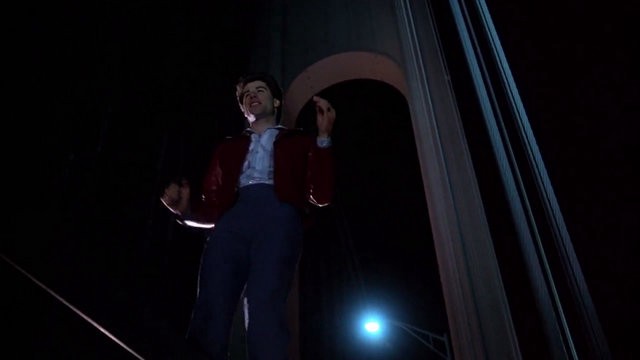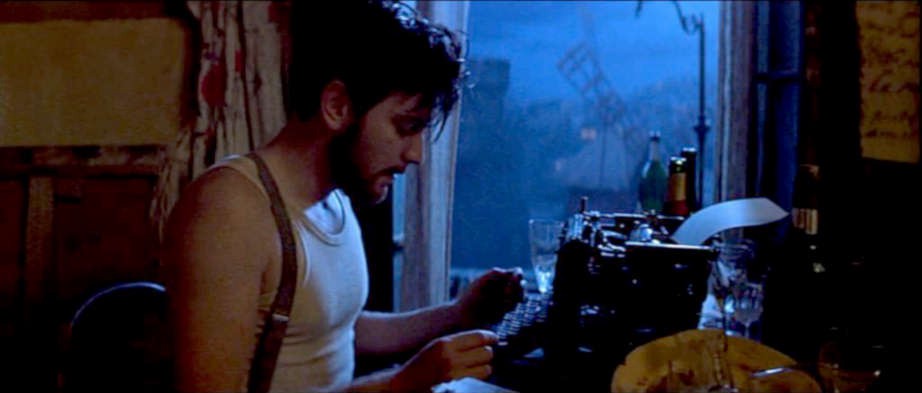A Bridge, A Mall, And Other Places We’re Clamoring To Live Now (Out of Desperation)
A Bridge, A Mall, And Other Places We’re Clamoring To Live Now (Out Of Desperation)

Rent hikes got you down? Of course they have. And there’s no clear alternative to our current terrible reality: housing prices in cities, where so many of the jobs are, keep going up because of over-demand and undersupply, while the only new construction serves the super high end.
So some folks are getting creative.
Detroit, for example, has been trying to lure writers with free houses. Professor Dumpster has invented the Kasita (“Each apartment is about 30% bigger than a shipping container — or the luxurious equivalent of six dumpsters”). Now Seattle is trying to pay a poet to live in a bridge:
The city’s Office of Arts & Culture hopes to pay a writer or poet to dwell part time in the Fremont Bridge’s northwest tower. Sadly, the tower lacks running water, so the bridge won’t be a permanent home to anything but the Fremont troll.
The money comes from the Department of Transportation, which, like all city departments, is required to put 1 percent of its new construction budget toward public art.
Too bad that $10K won’t help cover the costs of wherever the poet needs to live the rest of the time. Or the costs of hypothermia, should the poet attempt to camp out: “‘It’s a small space,’ [the administrator] continued. ‘It’s not super well-heated. There’s no running water. It’s a place for them to work. It’s a studio space.’”
Poets have lived in garrets before, though, especially in pricey cities like Seattle. What’s a little TB so long as you make your mark on the world?

If you’re more of an East coast type, a mall in Rhode Island — apparently the oldest indoor one in America — is transforming itself into a collection of reasonably priced “micro-lofts.”
Arcade Providence is a beloved landmark — the building was listed on the National Register of Historic Places in 1971 — for its airy, light-filled atrium, tall ionic columns, and stately appearance. When the mall closed down in 2008, developer and micro-housing enthusiast Evan Granoff purchased the mall with plans to renovate and modernize the arcade, while respecting its historic design. The $7 million adaptive reuse project transformed the mall into a mixed-use building, with shops on the ground floor and micro-apartments on the top two floors. …
The majority of the apartments are one-bedroom units that measure 225 to 450 square feet in size; however, there is also a two-bedroom unit and a roomy three-bedroom unit. There are shared amenities including a game room, laundry facilities, bike storage, and parking garage. Rents start at $550 a month for the smallest units, but don’t think you’ll be able to move in right away — there’s still a long waiting list of prospective tenants.
The words “mixed use” are music to my Jane Jacobs-loving ears. I do also kind of love the idea that we can revitalize abandoned commercial spaces by installing people high above the stores. But what would it actually be like to live in a fluorescent lit space above a food court and a Hot Topic? It sounds a bit like a dystopian YA novel.
Support The Billfold
The Billfold continues to exist thanks to support from our readers. Help us continue to do our work by making a monthly pledge on Patreon or a one-time-only contribution through PayPal.
Comments